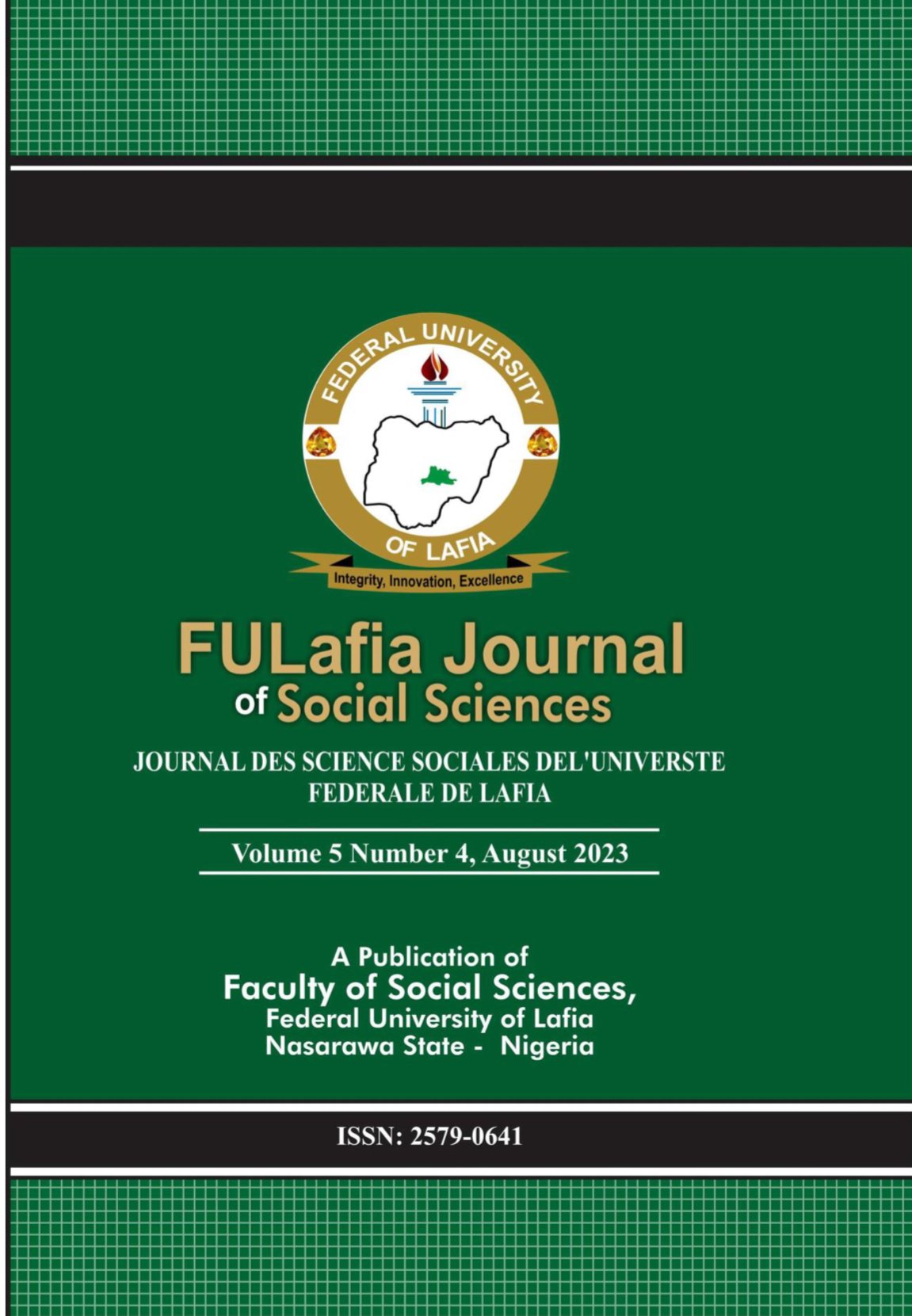Leveraging on technology to contain the spread of insecurity in Nigeria
Keywords:
Contain, domino theory, insecurity, leverage, technology, Nigeria.Abstract
The level of insecurity in Nigeria seems to have defied all solutions and the security apparatuses look helpless and hopeless. The government has been spending a lot of resources to contain the spread of insecurity but the attacks on human lives and the wanton destruction of properties is not abating. This paper describes the imports of technology in stemming the tides of insecurity in Nigeria it is a qualitative research that relied on both primary and secondary sources of data. This paper is anchored on Dwight D. Eisenhower’s Domino Theory, which was aimed to tame the spread of communist influence in Southeast Asia. Data for this paper were gathered from secondary sources including books, newspapers, magazines, research papers, journals and internet materials; and interviews. Among the causes of insecurity include poverty, unemployment, porous borders, godfatherism, religious fanaticism amongst others. The security challenges in Nigeria are manifested in various ways including terrorism, Boko Haram/ISWAP, ethnoreligious crises; banditry and others. The paper recommends that the adoption of modern day technology will help to resolve these challenges of insecurity in Nigeria; the government must rise to their responsibilities and reclaim the cyberspaces and all that happens around there.

